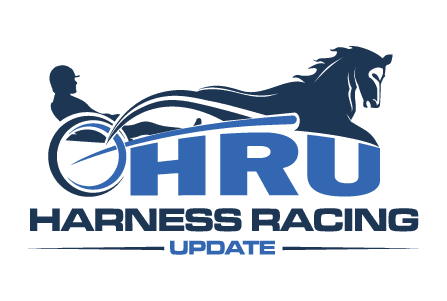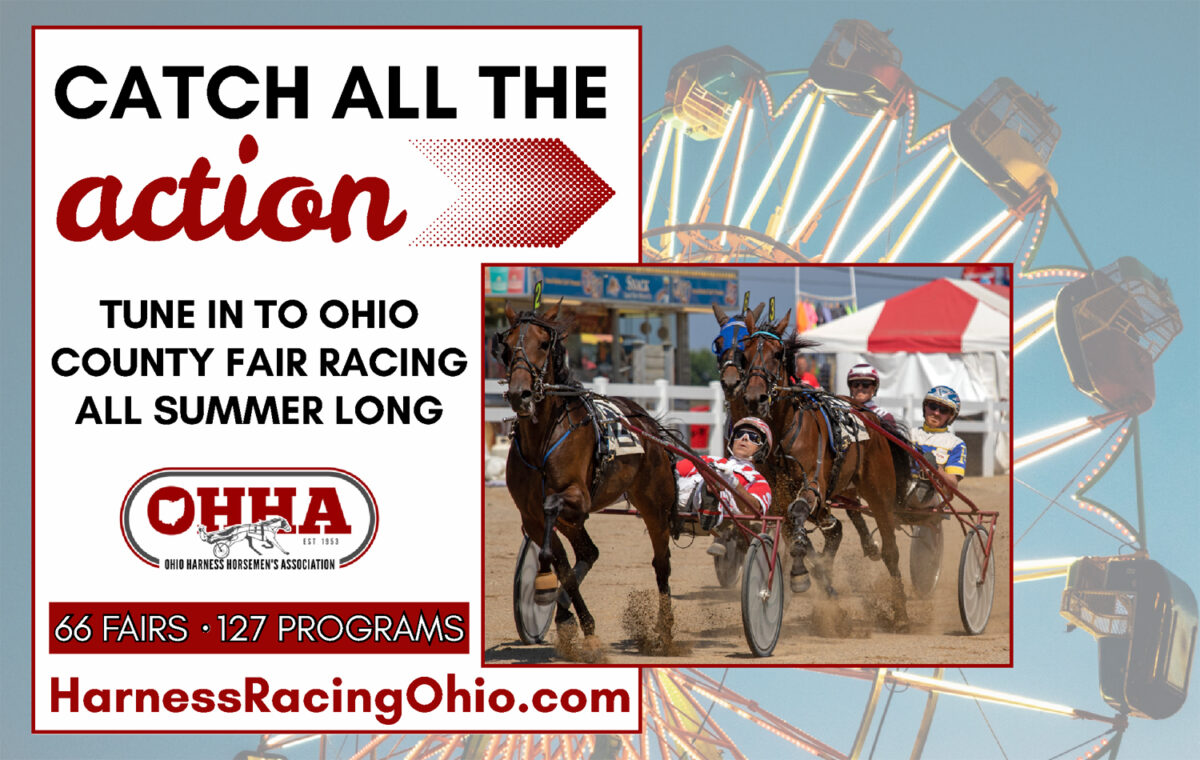As payments come due, can the stakes system be re-tooled?
by Brett Sturman
Most ordinary Americans dread April ١٥ when the annual tax liability comes due. But for harness people both in the U.S. and in Canada, an equally-dreaded deadline comes both one and two months earlier, on Feb. 15 and March 15, when the first set of stakes payments for the year come due.
For larger owners, the amount of money owed for stakes payments beginning tomorrow (Feb. 15) can easily balloon into tens of thousands of dollars. For smaller owners with a limited budget, selective decisions must be made as to which stakes are the most feasible to pay towards.
The way the stakes payments are scheduled in harness racing is a necessary evil. Payments ranging from less than $100 to over $2,000 per stake are required months in advance of the race date. In the case of staking 2-year-olds in March to major stakes which don’t take place until their 3-year-old season, there’s payments required for stakes that don’t occur for another 18 months. On the other hand, it’s this nomination process that almost single handedly funds the stakes, and with less stringent or delayed nomination requirements, it’s universally accepted the stakes purses offered would never be as close to what they are today.
In a preferred world, harness racing would more closely mirror how its sister sport, thoroughbred racing, does its stakes nominations. On that side, with limited exceptions such as the Breeders’ Cup, purses for stakes come predominantly from sources other than owners’ stakes payments. As such, most times the only payments required are a small nomination a few weeks before the race, and a fee upon entering and starting. There, stakes purses are offered by the tracks, deriving funds from betting handle and casino sources. In addition, sponsors take more of an active role too, especially at tracks such as Keeneland. But in harness racing, for a track to host stakes races is often a financial liability.
Back to within the realm of the harness model, is there anything that could be done to alleviate far in advance stakes payments, especially with regards to the 2-year-olds? One option that is at least theoretically possible, would be to simply defer the stakes payments to a later date. However, if payments were deferred that would surely lead to fewer nominations once owners have a better idea of what type of 2-year-old they have. They might not nominate 2-year-olds that are farther behind in training down. Such was the case back in 2020 when COVID first struck, and it was hotly contested on all sides as to whether remaining stakes payments should be pushed out. Ultimately, the payment schedule was kept intact as it was acknowledged that delays in payment deadlines would decimate the stakes purses.
I was kicking around the topic earlier this week with owner and breeder Eric Cherry, who even as one of the sport’s larger owners, has only sparsely nominated his 2-year-olds in recent years outside of sire stakes and a couple other major events. Never one short of ideas, one of Cherry’s proposals I liked best had to do with paying a staking fee at time of yearling sale.
In this scenario, when you buy a horse at auction you pay a percentage relative to the sale price — call it 5 per cent as an example — and that goes directly towards a fund to be used for stake allocations. The thought process being that if you’re already into a horse at sale for $50,000 or $100,000, what’s another $2,500 or $5,000 at that point to be used for staking later. For a homebred, the amount could be a percentage relative to the stud fee. The point being, it’s less painful of an added expense at time of sale than it is months later when you’re compounding stakes fees that are on top of all the training bills already coming in.
With either case — at the time of sale or February/March as a 2-year-old — there’s still no indication as to what kind of horse you’ll ultimately have. It’s one thing to be training down in two and a half minutes right now and I’m sure every 2-year-old come staking time is the best trained-down horse ever, but none of it matters at all for months. Only when baby races start and the best pacers go in 1:55 and then have their first race start in 1:52 and soon 1:50 thereafter, do you really have an idea of where you stand in terms of being able to compete in stakes quality races. For the 2-year-olds, it’s impossible to make good decisions this early in the year because you don’t even know what exactly you have.
There may come a time soon when the stakes system is forced to change. As Cherry also noted, the proliferation of sire stakes events — especially those in Kentucky — are giving owners more economically sensible alternatives to costlier staking elsewhere. With growing sire stakes events and purses, often those races alone can be good enough for the 2-year-olds, which would then have an adverse effect on the number of nominations outside of sire stakes races.
There isn’t one perfect solution, but outside of the ultra-wealthy, the current system is a hindrance for most owners when payments come due this time of year. For not only their sake, but to also ensure the best horses have a chance to be nominated and compete in the best races, perhaps there is a compromise possible in the system.

















